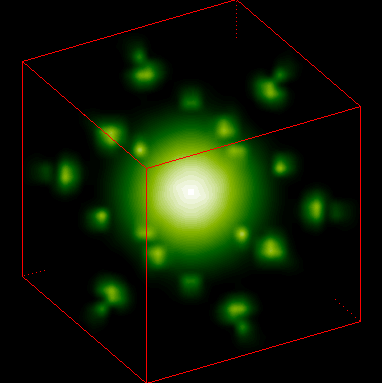 Solid State Physics
Solid State Physics
Physics 354/654
Fall 2005
Rick Matthews, Instructor
Welcome to Solid State Physics.
This course is an introduction to condensed matter physics, the largest branch of physics. This field is responsible for much of the golden age of technology, from transistors and integrated circuits to solid state lasers and superconductors.
We will begin with the basics: what is a crystal? How do we describe their structure? What determines the structure of a crystal? How are such structures measured experimentally?
From there we will move to crystal surfaces and interfaces. Surfaces are not just abrupt ends of a periodic structure. The energetics that drive the formation of crystal structures in the interior are altered by the change from one material to vacuum or to another material. We will discuss defects in solids, including point defects and dislocations.
Next we will begin the study of the electronic structure of solids. No topic is more central to the properties of solids than their electronic structure. Few measured properties of anything vary over such a large range as the conductivity of solids. From metals to semiconductors to insulators, the differences are enormous. These conductivity differences are determined overwhelmingly by the electronic structure of the material. In this course, we will move from the most simplistic models of electronic behavior to the elegance of density functional theory.
We will continue with the study of the mechanical properties as time permits.
One of the more fascinating aspects of an introduction to solid state physics is that this is the first time that most students encounter the extreme need for approximate models at the frontiers of physics. The properties of solids, usually consisting of 1018 or more electrons, simply can not be determined analytically or even computationally without resorting to theoretical approximations. The many-body Schrödinger equation is just too hard. In this course we will study how approximations can yield results that are accurate and useful.
The text for the course is Condensed Matter Physics by Michael P. Marder, published by Wiley Interscience, ISBN 0-471-17779-2. This text will also be used in the subsequent advanced solid state physics course taught in the spring.
Contact information:
- Rick Matthews
- 217 Olin Physical Laboratory
- 336-758-5340
- matthews@wfu.edu
- http://www.wfu.edu/~matthews